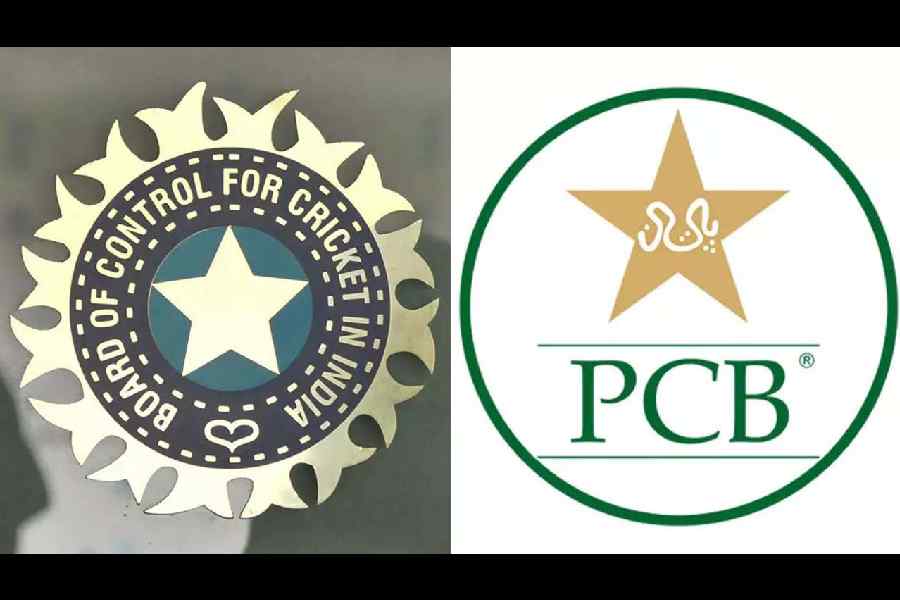Damian Hough, the Adelaide Oval head curator, believes that spinners should get a fair amount of purchase from the pitch there. Team India, it seems, disagree with Hough.
“Quicks should be having a good time here given the nature of the pitch and overall conditions,” a team insider said on Thursday, the eve of the second Test of the ongoing Border-Gavaskar Trophy.
Usually pink-ball Tests, especially those played in Australia so far, have seen fast bowlers’ being more successful while the tweakers have had to work harder. To the pacers’ advantage, the pink ball, with its extra lacquer and gloss, retains its hardness and shine for a longer duration and makes it tougher for batters, particularly during the twilight period and under lights with amplified swing and seam movement.
“The ball (pink Kookaburra) moved a lot more and came quicker during twilight and under lights. Since it did so much under lights, it took us a while to adjust because we had to do so really fast,” Saurashtra batsman Sheldon Jackson, recalling the 2016 Duleep Trophy pink-ball day-night game in Greater Noida in which he had played for India Blue, told The Telegraph.
“It’s also difficult to gauge which side the shine of the ball is. The shine was secondary rather. Even judging the ball got tougher at times,” Sheldon said.
Among the top wicket-takers with the pink ball, as many as four of them are quicks — Mitchell Starc (66) and his Australia pace colleagues Josh Hazlewood (37) and Pat Cummins (34), and former England Test spearhead James Anderson (24). The only tweaker in this group is Australia’s distinguished off-spinner Nathan Lyon, who has 43 wickets in 21 innings and is next to Starc.
Lyon’s advantage is his focus on bowling the classical off-spin and the straighter one, without looking to experiment much. Lyon’s India counterpart Ravichandran Ashwin, too, hasn’t fared badly with the pink ball, having scalped 18 wickets in the four matches India played so far.
So then, what exactly is the problem that most spinners tend to face bowling with the pink ball? “The main problem is when it comes to gripping the ball because of the nature of its seam,” off-spinner Parvez Rasool, who represented India in an ODI and a T20I with 95 first-class appearances for Jammu and Kashmir, pointed out.
“When you can’t grip the ball well, how do you give enough flight? In limited-overs games, you can take all your wickets courtesy of mistakes from batsmen. But in Test cricket, you have to earn your wickets as well with your variations,” Rasool, who too was a part of that 2016 Duleep Trophy, added.
Leg-spinner Karn Sharma, who was Sheldon’s India Blue teammate in that Duleep Trophy, however, came up with a different perspective. “The seam is not too easy to spot under lights. So, for us wrist-spinners, it was quite helpful.
“If batsmen can’t read from the hand, it’s difficult to pick from the wicket. So, for me and all the other wrist-spinners who bowled with the pink ball in that game and thereafter, they did well. In any case, batting under lights and during the twilight period isn’t easy in the first place,” Karn, who played a Test, a T20I and a couple of ODIs, explained.
The taste of pink ball was bitter for India the last time they played a day-night Test in Australia four years ago. Since that game though, India have battled several odds to register some memorable Test victories, twice finishing runners-up in the World Test Championship.
The pink Kookaburra too has undergone changes since then for further improvement of its visibility and performance. The seam colour has changed from green and white to black in order to provide more contrast and help batsmen read the ball better.
The ball is coated with an extra layer of lacquer for enhancement of its visibility under lights. It is also coated with polyurethane (a plastic used especially as one type of clear liquid to paint on hard surfaces) so that the top layer doesn’t peel off as quickly as the red Kookaburra.
Will all that matter when the match begins on Friday?











